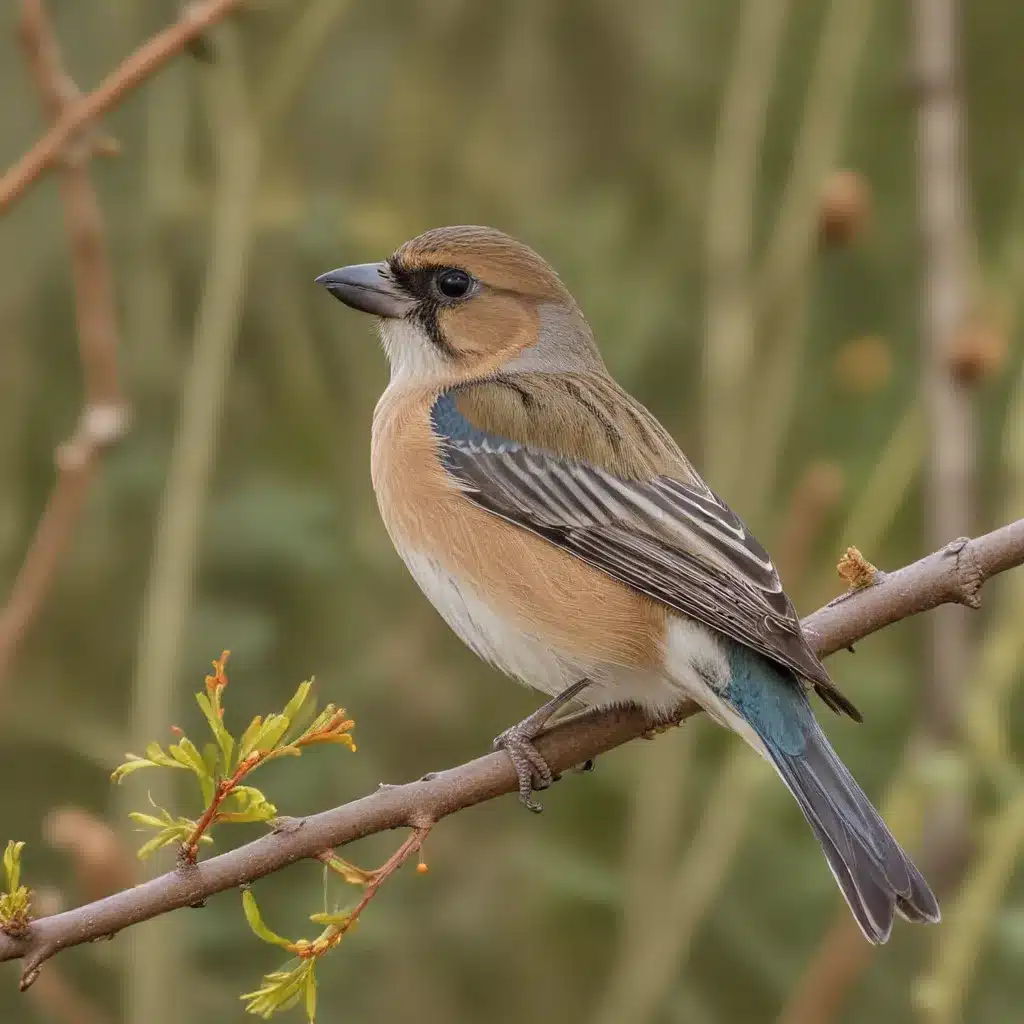
Avian Escape Artists: Preventing Bird Escapes in Changing Seasons
As an experienced avian caretaker, I’ve seen it all when it comes to bird escapes. From feisty parrots that can pick their way out of the most secure cages to flighty finches that startle at the slightest disturbance, our feathered friends can be true escape artists. And with the changing seasons, the risks only increase.
Avian Behaviors
Escape Strategies
Birds have a remarkable repertoire of escape tactics. Some use their sharp beaks to meticulously work their way out of enclosures, while others simply squeeze through the smallest openings. Parrots and cockatoos are notorious for this, employing their impressive problem-solving skills to outwit even the most vigilant caretakers. Smaller birds like canaries and budgies, on the other hand, may dart out the door the moment it’s opened, taking advantage of their speed and agility.
Seasonal Changes
As the seasons shift, birds’ natural instincts and behaviors can change dramatically, heightening the risk of escapes. In the spring, the urge to migrate and find a mate can drive birds to frantically flap and flutter, seeking any opportunity to break free. Fall brings its own challenges, as birds prepare for long journeys by packing on extra weight and feeling increasingly restless. And in the winter, birds may become more lethargic, making them less cautious and more likely to accidentally slip out.
Avian Adaptations
Birds’ remarkable adaptations, from keen eyesight to powerful flight muscles, enable their impressive escape skills. Their lightweight, streamlined bodies allow them to squeeze through tiny gaps, while sharp talons and beaks give them the tools to pick locks and tear through enclosures. And their honed senses alert them to the slightest chance of freedom, making them incredibly sensitive to changes in their environment.
Bird Housing and Enclosures
Cage and Aviary Design
Ensuring your birds’ housing is secure is crucial for preventing escapes. Cages and aviaries should be constructed with sturdy, escape-proof materials like heavy-gauge wire or acrylic. Doors and access points must have secure latches that birds can’t manipulate. And the overall design should minimize opportunities for birds to gain leverage or access weaknesses.
Escape Prevention Measures
Beyond the enclosure itself, there are many other measures you can take to deter escapes. Install double-door entries to create an airlock system, so birds can’t dart out when the main door is opened. Keep the area around the enclosure clutter-free to eliminate potential launching pads. And be vigilant about monitoring for any signs of weakening or damage that could compromise the integrity of the housing.
Environmental Factors
The environment outside the enclosure is just as important. Ensure windows, doors, and other potential exit points are securely closed, especially during times of heightened activity like feeding or cleaning. And be mindful of seasonal factors like open windows or doors during warmer months that could tempt birds to explore.
Bird Species Considerations
Common Escape-Prone Birds
Some bird species are simply more prone to escaping than others. Parrots, cockatoos, and other large, intelligent birds are notorious for their problem-solving skills and determination to gain freedom. Smaller birds like finches, canaries, and budgies are also high-risk, thanks to their speed and agility. Knowing the behavioral tendencies of the birds in your care is crucial for tailoring your prevention strategies.
Behavioral Differences
Beyond species-specific traits, individual birds can exhibit vastly different behaviors and escape tendencies. A timid bird may freeze in fear when the door opens, while a curious, confident one may actively try to make a break for it. Understanding the unique personality and habits of each of your feathered friends can help you anticipate and address their escape risks.
Habitat Requirements
The birds’ natural habitat and instincts can also influence their escape propensity. Species adapted to open, expansive environments may feel more compelled to seek out freedom, while those accustomed to dense foliage may be more content in a secure enclosure. Considering the specific needs and preferences of your birds can help you create an environment that minimizes their urge to escape.
Preventing Bird Escapes
Identification and Monitoring
The first step in preventing bird escapes is being proactive. Carefully inspect your birds’ housing, identifying any potential weaknesses or entry points. And maintain constant vigilance, closely monitoring your feathered friends’ behaviors for any signs they may be planning an escape attempt.
Escape Response Protocols
Despite your best efforts, escapes can still happen. That’s why it’s crucial to have a well-rehearsed escape response plan in place. This should include quickly securing the area, using strategies like pillowcases or towels to safely capture the bird, and having a designated safe space to contain the escapee until they can be returned to their enclosure.
Rehabilitation and Reintegration
If the unthinkable happens and a bird does manage to get out, swift action is essential. Once the bird is safely recovered, they’ll need time to recuperate and readjust before being reintroduced to their regular habitat. This may involve providing a quiet, stress-free environment, offering their favorite foods, and gradually reacclimatizing them to their enclosure and routine.
As an experienced avian caretaker, I know all too well the challenges and risks that come with caring for our feathered friends. But with vigilance, the right housing and prevention strategies, and a solid plan for handling escapes, you can help ensure your birds stay safe and secure – even as the seasons change. After all, the best way to deal with an escape is to prevent it from happening in the first place. So stay diligent, stay prepared, and keep those escape artists where they belong – safely inside their homes.


